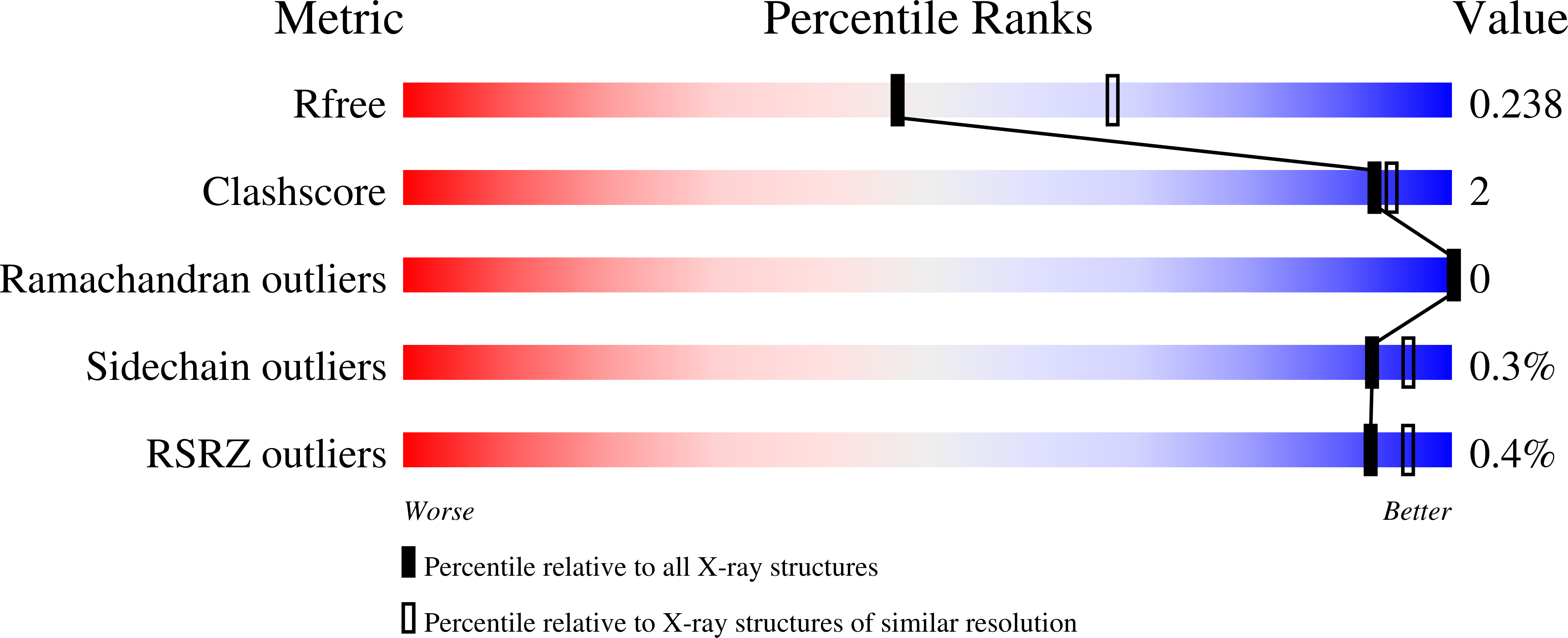
Deposition Date
2019-12-21
Release Date
2020-10-28
Last Version Date
2023-10-11
Entry Detail
PDB ID:
6VCJ
Keywords:
Title:
Crystal structure of hsDHFR in complex with NADP+, DAP, and R-naproxen
Biological Source:
Source Organism:
Homo sapiens (Taxon ID: 9606)
Host Organism:
Method Details:
Experimental Method:
Resolution:
2.34 Å
R-Value Free:
0.23
R-Value Work:
0.19
R-Value Observed:
0.19
Space Group:
P 1 21 1


